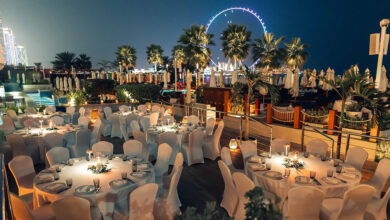View wildlife in Little Galapagos Islands, Palestinian Islands – Forbes Travel Guide
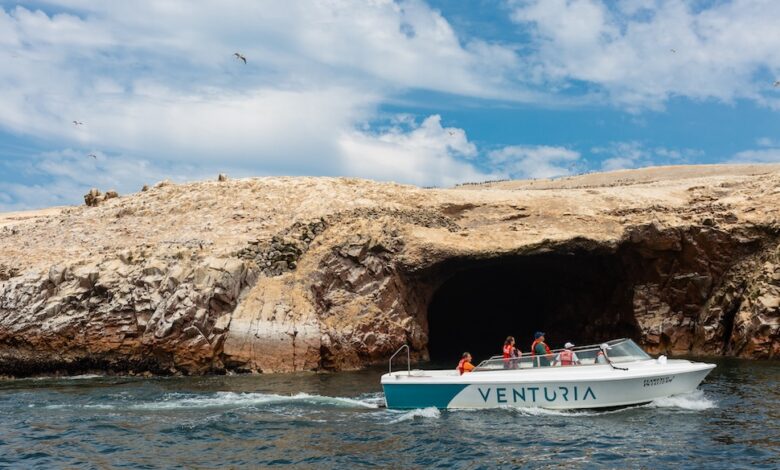
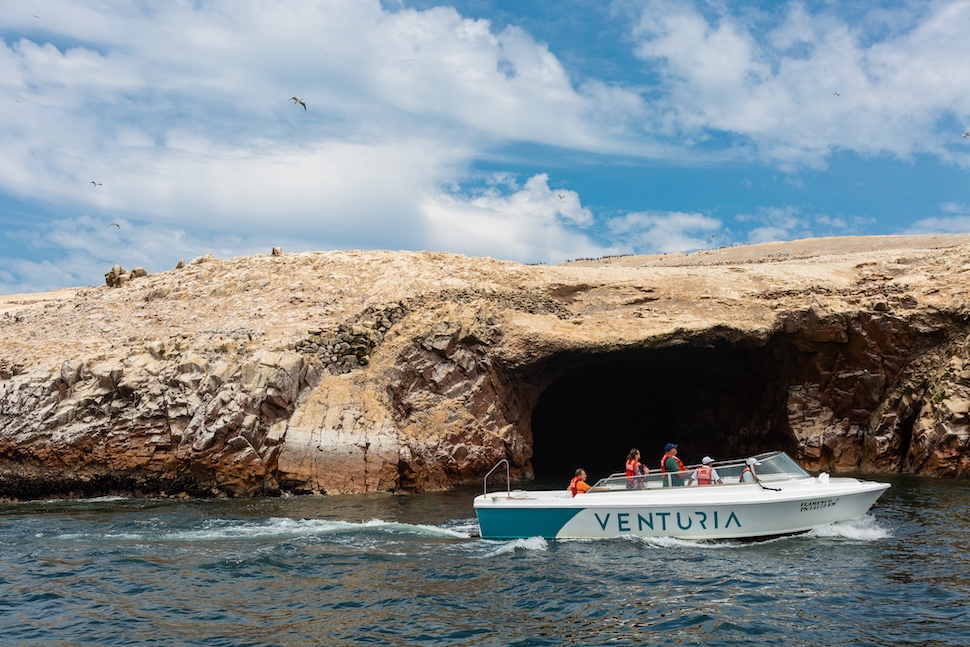

This is the first of a four-part trip to explore Peru’s dramatic landscape – from charming cities to pristine coastlines to towering Andes peaks.
When Peruvians want to escape every day, they often head straight to Paracas Lima. While luxury tourist attractions are still emerging this time at the beachfront resort, Paracas offers the privileged access to the Palestinian wildlife paradise.
The best way to visit Bastas is to stay Luxury Collector Hotels in ParacasThis is a contemporary whitewashed resort that has recently celebrated its 15th anniversary. While the hotel’s beaches aren’t suitable for swimming (but if you want to spend time joins Peruvian vacationers on the property’s popular glowing main pool), it’s a convenient portal to the “Peru’s Galapagos Islands.” Unlike its famous Ecuadorian counterpart, this biodiversity sanctuary does not require careful scrutiny – it is just a short boat ride away from the hotel’s private marina.
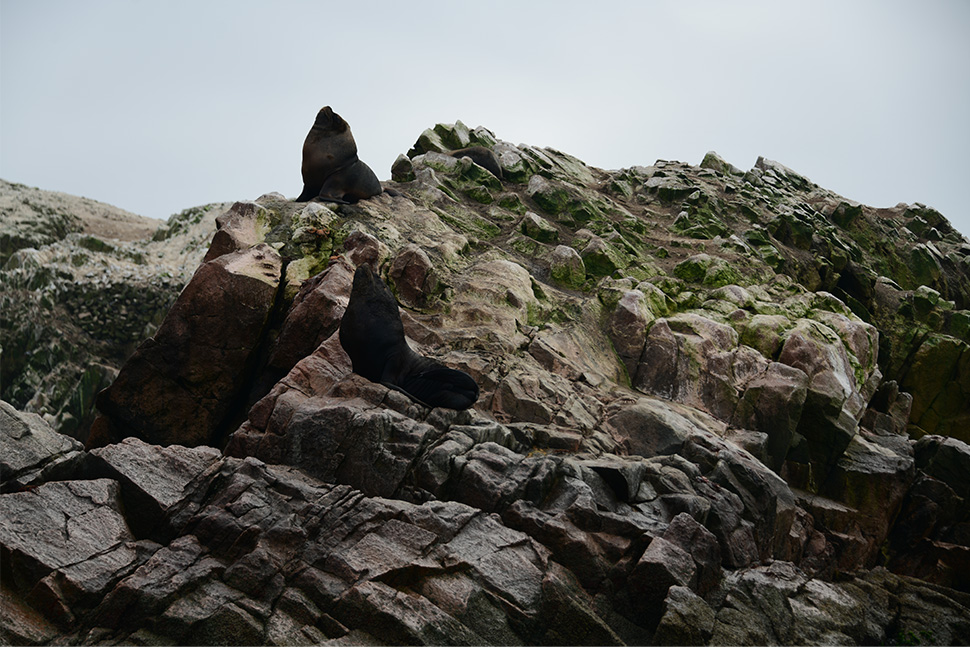
Only visitors are allowed to explore the small group of protected islands from the sea. Hotel Paracas will set you up a 1.5-hour private speedboat tour that brings you close to rock formations and caves where you can marvel at Humboldt penguins wade on rugged outcrops, playful seals raiding around, South American sea lions flourish with snots on their noses.
The onboard guide points out birds that might otherwise escape your attention, such as white-faced, brown-winged Peruvian slut and gray Inca tern with its unique white handlebar beard. On another site, you encounter the elegant Peruvian pelican and red-headed turkey vulture, nestled on a nearby capsized shipwreck.
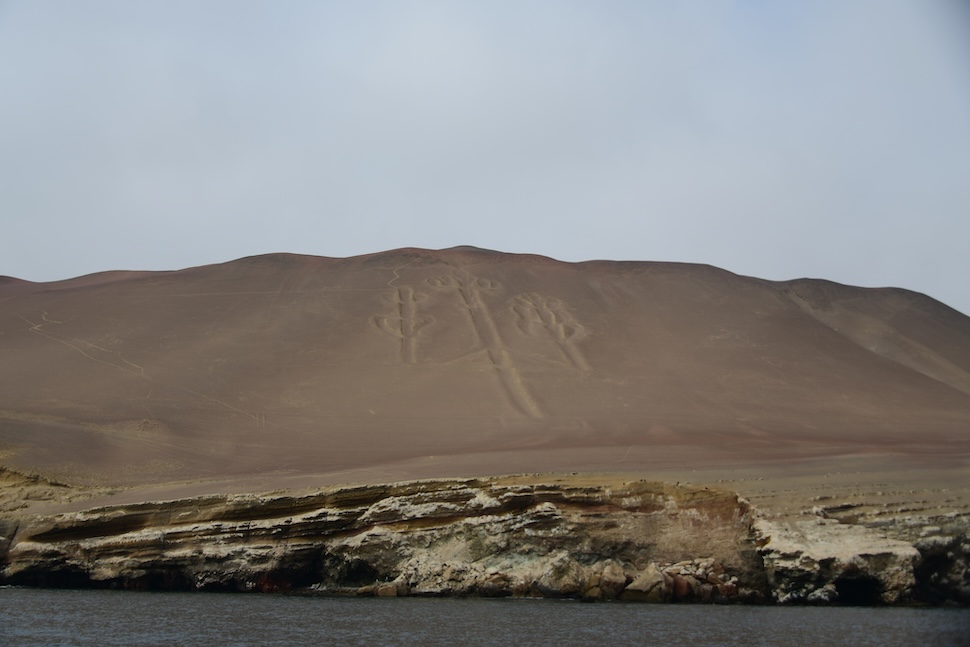
The trip also stopped on the candlestick, a mysterious 600-foot geographic engraved on the sandy hillside of the Paracas Peninsula, dating back to 200 BC, and the origin of the gigantic three aspects, the cactus-like symbols still serve as a way to provide some secretion for health care workers, an auxiliary auxiliary for navigation, theories of these symbols with some form of secretion for some secretion. Regardless of its mysterious beginning, part of the National Reserve of Paracas, which marks the 50th anniversary of this year, has become a national heritage.
After the tour, walk a few steps to the end of the hotel marina to Chalana, an open-air restaurant hanging from Paracas Bay that displays fresh, sustainable regional seafood and other local ingredients. Read the chalkboard menu carefully and start with Chalaca, ceviche with scallops, rich salsa and corn (A not too sweet large kernel corn) stacked on the shells that reach the table along the charming wooden mini rowboat ice. Then move to rice Chalanerosimilar to paella, but rich rice is garnished with fish, scallops, chalaquita (Peruvian salsa), chili and crispy garlic slices.

Later, I went ashore to the hotel bar and asked for a special Wayrañam menu that tells different stories from the area through cocktails. We ordered Manto Paracas made from Viñas de Oro Italia Pisco (Peruvian Brandy), three seconds, pomegranate liqueur and passion fruit, orange and cranberry juice and garnished with mint sprigs and dehydrated orange wheels.
The bartender placed the drink in a wood and glass box and used torches and pipes to inject a smoky layer into the fruity relaxing liquid, but he explained that its name was loosely converted to “Paracas Cape.” Then, he shared that the orange cup of the cocktail was printed in the ancient theological family of the Paracas culture. The deities associated with wind, rain, and creation were recurring themes in early Paracas art, appearing in the colorful Colombian front cloak. It’s a memorable way to make Paracas’ rich cultural flavor last.
